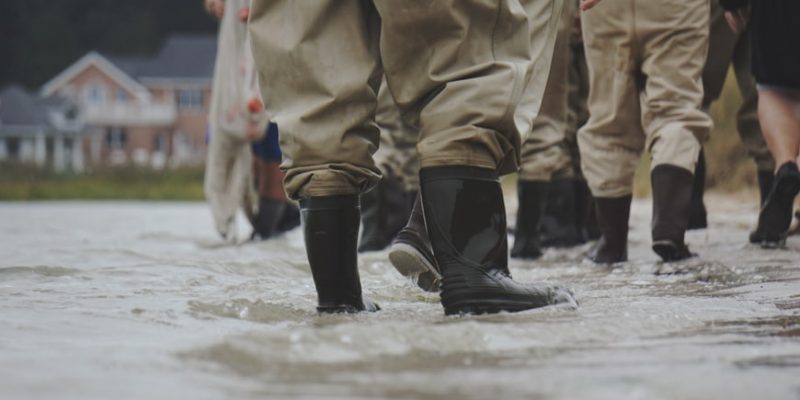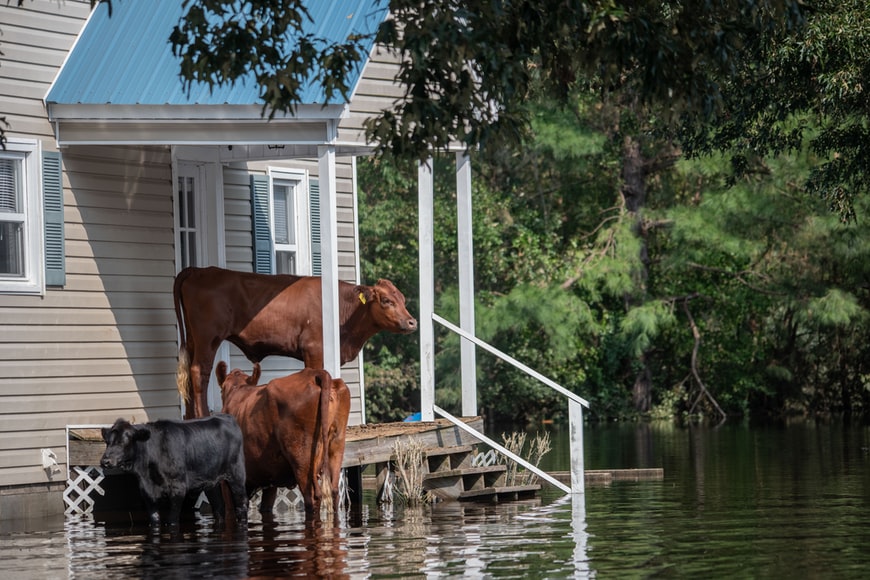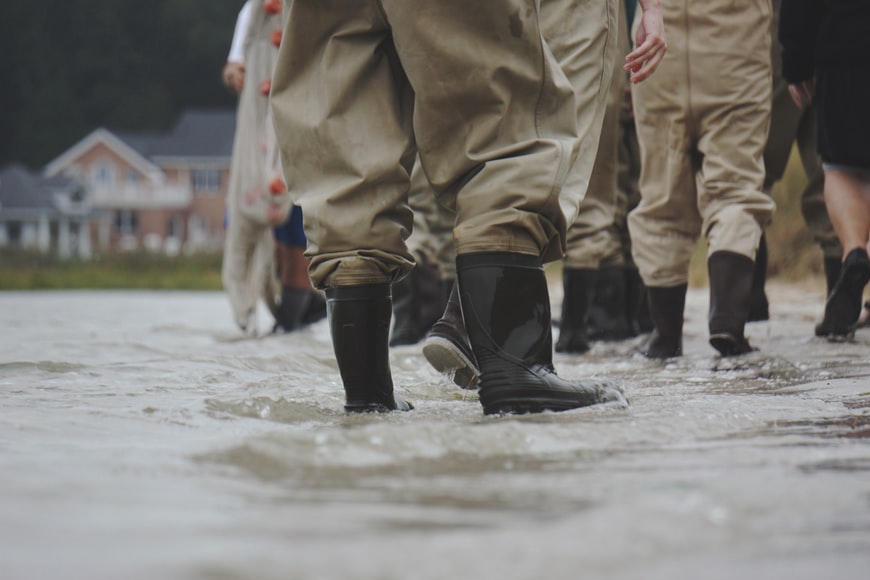Water extraction is necessary and can be found in both residential and commercial settings, depending on the size of the pipes that are clogged or leaking. The water can come from toilet tanks, dishwashers, refrigerators, washing machines, etc. There are many ways to extract the water from these different sources – sucking it out with a wet/dry vacuum or using a pressurized air hose. Regardless of how you get the job done though, you should know 4 things about extracting water and what you need to do once you’ve pulled it out!
1. Know Where To Find The Water
The first thing to do is to determine the source of the water. Once you’ve found it, you can then connect your extraction tool and start pumping! If you’re sucking up into a wet/dry vacuum, be sure that all electrical power has been shut down before making any connections. If you’re having trouble with this, you can contact the water extraction specialists at https://cottongds.com/water-restoration/water-extraction. After disconnecting all faucets and appliances, you’ll want to cover the drains with a plastic sheet or something similar. Having everything covered will help prevent large air bubbles from popping up in random places, later on, thus causing more water damage!
2. How Much Water Can You Extract?
Before you start pulling out gallons upon gallons of water, make sure that your vacuum can handle it all. If not, you could risk having the pump overheat or even burn out completely! Some wet/dry vacuums have an adjustable tank drain control which allows you to adjust how much water gets pumped in at any given time. This way, when small amounts are being sucked up, you’ll have no problems whatsoever – but when larger quantities are being extracted into the same tank, that’s when you’ll have to worry about adjusting the drain control. The amount of water you can extract highly depends on the size of the tank inside your vacuum!
No matter if you’re using a wet/dry vacuum or an air hose to extract water, always be sure to find and shut off any faucets or water appliances that are hooked up to the same main source as to where all the water is coming from! This will help prevent flooding in other locations within your building – just don’t forget about the main water valve once everything else has been disconnected! You should also be aware that shutting off one appliance can sometimes turn off multiple appliances due to sharing the same mainline. If you have any doubts about this, then check out your local home improvement store for more information first before doing anything!
3. Know Where To Store The Water
After your vacuum is filled with water, you’ll need to know where to store it until it can be disposed of properly at a later time! If you’re not connected to city sewer lines yet, storage will most likely take place outside in some sort of rain catchment container (it doesn’t matter what size). Be sure that your area is allowed to house these types of containers before getting started. Also, make sure that there are no electrical outlets nearby – this would create a safety hazard which could cause electrocution! Some options for storing include plastic totes, drums, tanks, etc.
4. Know How To Dispose Of The Water
Once you’ve fully extracted the water from all its sources and have stored it for a while, it’s time to know how to dispose of the liquid! This step is important because improperly disposed-of water can lead to major health risks down the road. If you’re unsure of what to do with the liquid at this point, don’t hesitate to ask your local municipality or call a contractor for advice – they should be more than willing to help out in any way possible! Options for disposal include your city sewage lines, septic system, or trucking the water to a nearby municipality for treatment. Make sure that proper disposal happens!
Commercial Water Extraction Tip
If you are pumping up large quantities of water from your commercial property, make sure you have an adequate wet/dry vacuum with at least 6-8 hp. Having one with less power could result in problems down the road if it’s being used regularly. Also, remember that smaller wet/dry vacuums may have trouble processing large quantities of water all at once – so be aware of your options before getting started. If you’re unsure about what size wet/dry vacuum to purchase, it’s always best to ask for assistance before buying one.
Over time, these tips will become second nature for commercial water extraction companies… but until then, you’ll need them every single day! Make sure that everyone on your staff knows the four things outlined above and you won’t have any problems at all. Water extraction can be a difficult process, no doubt about it – but with this information handy, you should have nothing to worry about!






















